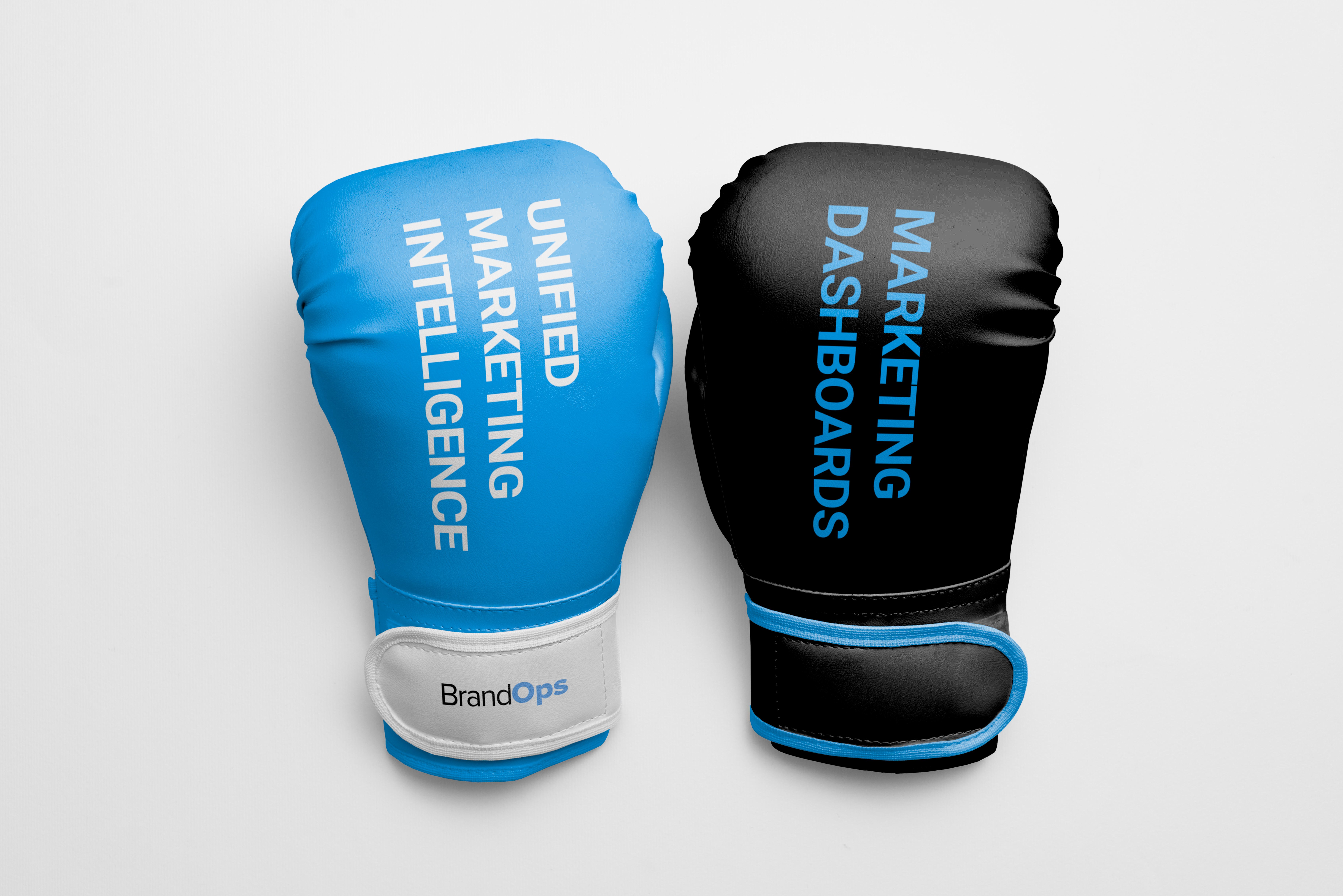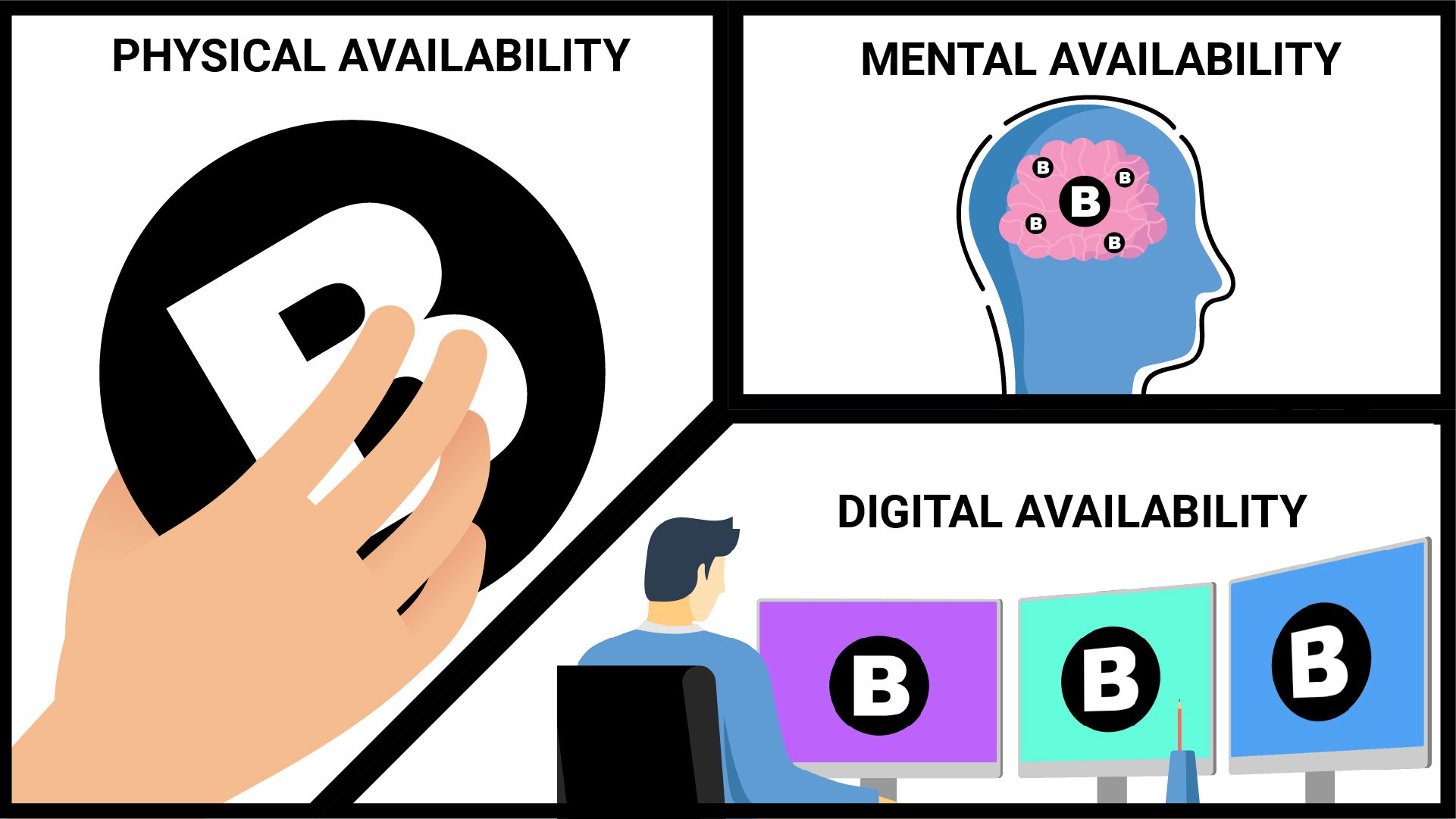Marketing Dashboards vs Unified Marketing Intelligence (UMI)
7 minute read
Modern-day marketers have more ways to report on marketing performance than ever before. Although there’s a time and place for them all, two types of MarTech stand above the rest: Marketing Dashboards and Unified Marketing Intelligence. Despite having many similarities, they have critical differences that will determine your company’s reasons for using them. Let’s learn how they compare
and which of them is better suited for your unique needs.
Marketing Dashboards
Marketing Dashboards are a convenient way for marketing teams to get cross-department data on a single screen. Previously, legacy processes had marketers digging for the right data across silos and spreadsheets. Solving this problem is the main selling point of Marketing Dashboards, as they make it easy and fast to access the data marketers need. Dashboards pull marketing data from many different sources into one place, usually automatically. They are also useful tools for tracking progress toward goals and collaborating with teams. Marketing dashboards are made for the entire marketing organization to use, but they fall short at connecting all the marketing data into aggregate performance measures. They are optimized for seeing many marketing parts, rather than seeinghow the marketing machine works as a whole. This makes Marketing Dashboards best suited for marketing tacticians.
In summary, the optimal use cases of Marketing Dashboards include:
- Having a single portal to view data from lots of marketing systems without having to log into each one.
- Tracking progress on marketing KPI (resurfacing information from the source system).
- Having an easy way to view and share data across teams.
Examples of Marketing Dashboards include Supermetrics and Klipfolio.
Supermetrics: A custom report based on compiled digital ad spend data.
Marketing Dashboards can be distinguished into 2 types, based on their data flexibility: off-the-shelf dashboards and custom dashboards. Off-the-shelf dashboards come pre-integrated with the data provided by the dashboard vendor. They are most popular among startups and SMEs. Off-the-shelf dashboards require little maintenance and are easy to set up, but the pre-integrated data
won't be enough for every company's needs.
Organizations with more sophisticated marketing tend to opt for custom dashboards, as they are flexible and tailor-made to a company's unique needs. The downside of this flexibility is higher cost. Off-the-shelf dashboards can be implemented quickly while building and maintaining custom dashboards is a long and sustained process. Maintaining a custom dashboard requires developers with SQL knowledge or other forms of technical expertise to set up reporting, calculate metrics, and switch between data sources.
Strengths and weaknesses
- Custom Marketing Dashboards are flexible. Marketing organizations are free to track whichever combination of metrics, channels, and data points their organizations believe matter most. They can opt-in for off-the-shelf dashboards or custom dashboards; no matter the size of the marketing organization, the budget, or the strategy, they are likely to find the right dashboard for their needs.
- Marketing Dashboards usually lack insight into competitors’ marketing data. They are limited to private, 1st party data companies already have. This includes internal data sources such as HubSpot, Google Analytics, LinkedIn Ads, Google Ads, Facebook Ads, Google Search Console, and similar. Although the internal data is enough for marketers to make incremental improvements,
they lack external insights to outperform competitors and make major growth strides. - Marketing Dashboards are limited to quantitative data. Since one of the defining features of dashboards is visualizing data, it makes sense why there’s no qualitative data involved. Qualitative data is contextual, cannot be condensed into a simple number on a screen, and Marketing Dashboards were never built for them. No dataset is perfect, and marketers have accepted this limitation, which they offset with other methods such as surveys, interviews, Unified Marketing Intelligence, and more.
Example: A Marketing Dashboard will tell you how much you’re spending on Google Ads.
Unified Marketing Intelligence will supplement that with qualitative data, such as what your competitor’s ads are saying.
Unified Marketing Intelligence (UMI)
Unified Marketing Intelligence (UMI) brings marketing, competitor, and category data across all digital channels into a single platform.
When marketing intelligence is paired with brand health and automated data science, they form Unified Marketing Intelligence.
These insights are all correlated to business impact or any other KPI marketers choose. More than merely compiling the data, marketing teams use UMI as their very own growth roadmap.
UMI platforms are made to be used by everyone in the marketing department, although for a different reason compared to the data of Marketing Dashboards. In the world of UMI, each marketing team knows what the other teams are doing, which strategies are effective, and how much it all contributes to their situational goals, North Stars, and performance synergies between teams. Unified Marketing Intelligence places these insights in context with competitors and benchmarks performance against them to reveal what it takes
to grow faster than anyone, and ultimately win the category.
In summary, the optimal use cases of Unified Marketing Intelligence are:
- Improving performance across all funnel stages.
- Optimizing marketing spending and providing proof of successful brand investments.
- Benchmarking performance against competitors and revealing what it takes to outgrow them.
- Improving brand health.
Traditionally, there weren’t accurate cross-channel analyses because marketers only had siloed, single-channel insights. True cross-channel analysis requires marketers to measure channels relative to data from other channels, and relative to business outcomes.
Unified Marketing Intelligence (UMI) platforms solved this problem by unifying the 7 marketing data silos including Search Intelligence, Web Analytics, Reputation Monitoring, Ad Performance, Media Monitoring, Social Listening, and Email Campaigns.
Here at BrandOps, we’re pioneering the category of Unified Marketing Intelligence platforms.
The BrandOps Unified Marketing Intelligence platform.
Strengths and weaknesses
1. UMI platforms’ use cases have extreme flexibility.FLEXIBLE USE CASES
Marketing teams use UMI platforms to get on-demand answers to questions such as:
- Which of their channels and marketing investments are the biggest needle-movers towards their key goals?
- Which marketing investments should they push back on?
- Which areas of improvement should they focus on?
- What goals should they be setting?
- How well are they progressing towards those key goals over time?
- How well are they progressing towards those key goals relative to competitors?
- What will it take to grow faster than anyone in the category?
FIXED USE CASES
1) Growing the First-Look Funnel
The First-Look Funnel represents the probability of a company being the first to be discovered by prospects in their purchase journey.
Growing the First-Look Funnel is predicated on growing digital presence. It comes with benefits such as:
- Being the first vendor prospects consider means being the one to frame the prospects’ thinking about the category.
- Companies with a high digital presence are subconsciously perceived as leaders, and therefore trustworthy, safe choices.
- Companies with a high digital presence benefit from economies of scale: predictable growth, higher base sales, and reduced CAC.
2) Brand Health
UMI platforms connect brand health to hard numbers, allowing marketers to predictably improve it and pinpoint what affects it.
These brand health metrics are backed with qualitative insights, such as social sentiment, brand mentions, brand promoters, and more.
The key brand metrics (Brand Pillars) in Unified Marketing Intelligence platforms include:
- Brand Attention: How much are brands getting out of their marketing efforts?
- Brand Presence: How much marketing activity are brands showing?
- Brand Reputation: Self-explanatory.
- Brand Momentum: At what pace are brands growing?
3) Automated Data Science
Marketers don’t have to be data scientists (or rely on one) to understand what Unified Marketing Intelligence platforms are telling them. This is because the data in UMI platforms is supplemented with Automated Data Science. Marketers are more efficient because Automated Data Science helps them find the right marketing move sooner, and are more effective because the marketing moves
they make deliver higher returns. Automated Data Science offers capabilities including:
- Correlation Analysis: How does the growth of metric X affect metric Y?
Marketers use it to reveal which metrics create meaningful business outcomes. - “What-if” Analysis: The ability to project marketing investments and their likely returns.
Marketers use it to make more effective decisions while reducing their risk. - Automated Recommendations: The AI behind Unified Marketing Intelligence platforms crunches
all its data to suggest to marketers their next best marketing move.
An example of automated metric correlation analysis in the BrandOps UMI platform.
2. Unified Marketing Intelligence emphasizes breadth of data.
UMI might not be the best fit for marketers whose jobs revolve around a single channel or a small set of channels. UMI platforms are optimized for helping marketers see the big picture of their brand, for collaborating across the marketing department without needing
to be the expert in metrics and nuances of every channel, and for improving the marketing machine from the leader’s POV.
3. Unified Marketing Intelligence platforms require a large volume of external data to provide the most impactful insights.
Although they offer more data than Marketing Dashboards, some of that data still needs to exist in the world for a UMI platform to
collect it. Small companies usually don't produce enough of those external signals: they rarely get press coverage, not many people mention them online, they are not active on many channels, they aren't well-known enough to get product reviews, and so forth.
The bigger a company is, the more external signals it warrants, and therefore more insights it can derive from UMI platforms.
This is why medium-sized and large companies get the most value out of UMI platforms, and why UMI isn't the best fit for smaller ones.
UMI platforms don’t end with quantitative marketing performance data. Although they are largely quantitative, they provide
a fair share of qualitative information that adds context to the metrics and leads marketers to better marketing decisions.
Qualitative insights of UMI platforms can answer questions such as:
- What messages are competitors using, and are they resonating with buyers?
- How do buyers, news outlets, and the media describe any given brand?
- What changes are competitors making to their website, and what does it say about their offering?
What makes UMI different from Marketing Dashboards?
Marketing Dashboards make it easy to compile all the marketing data marketers already have by pulling the data from scattered systems into one screen. It makes data sharing less of a hassle and it makes marketers more efficient.
While it is a solid starting point to improving marketing, unlike UMI, it tells marketers little about:
- Competitive Benchmarking: How much do companies have to invest in marketing to outgrow their competitors?
- Marketing Effectiveness: Which marketing investments are truly moving the needle?
- Goals & Milestones: What goals should companies set if they are to achieve their target outcomes?
- Cross-Channel and Cross-Team Synergies: How can teams create growth loops?
- Vanity Metrics vs Sanity Metrics: Which metrics are overstated, and which ones are understated
in their ability to create business impact?
- Time-series data: How are marketing investments contributing to overall company growth over time?
- Competitive Moves: What are competitors doing that makes them outperform another company? How can they be neutralized?
- Funnel & First-Look Funnel Growth: What does it take to dominate every stage of the funnel?
- Brand Health: Measuring a company’s Presence, Reputation, Attention, and Momentum.
How does it affect the company’s ability to attract buyers?
- Data Science: How can a marketing organization use its data to predict outcomes,
get automated suggestions, and generally see things most marketers can’t see?
The Conclusion
When it’s all said and done, there is no perfect answer for your needs. Although Unified Marketing Intelligence platforms are technically superior to Marketing Dashboards, they are beyond the needs and means of many marketing teams and companies.
It’s hard to improve what you don’t measure, but measuring the wrong things makes it just as hard. Wherever you belong in the spectrum between the two, we hope we helped you find confidence in your next MarTech buying decision.


